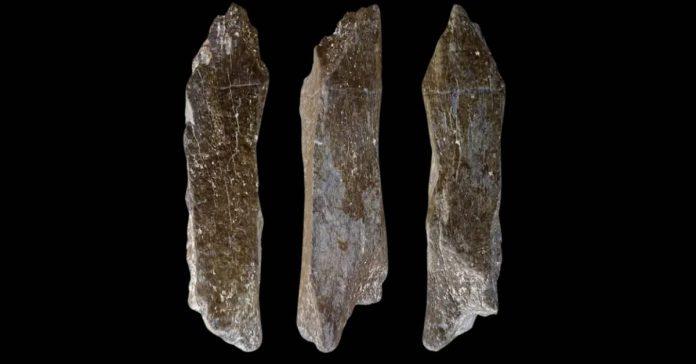In a bustling conference held in Beijing on February 19, 2025, the Institute of Archaeology under the Chinese Academy of Social Sciences showcased some of the most groundbreaking archaeological finds from the previous year. The event spotlighted six standout discoveries, carefully selected from over 1,700 excavations carried out across China in 2024. These revelations stretch across an incredible timeline—from the distant Paleolithic era tens of thousands of years ago to the more recent Qing Dynasty, which ended in 1911—painting a vivid picture of China’s deep and diverse historical tapestry.
Qiao Yunfei, deputy director of the National Cultural Heritage Administration, emphasized how these finds offer a window into ancient life, spanning everything from early human survival to sophisticated urban societies. Among the highlights is the Dadong Site in Helong, Jilin Province, a treasure trove from the late Paleolithic period, roughly 15,000 to 50,000 years old. Unearthed in Northeast Asia’s largest wilderness site of its kind, archaeologists discovered over 20,000 stone tools and animal fossils. These artifacts shed light on how early humans lived, worked, and adapted in this rugged region, potentially even hinting at how modern humans moved through Northeast Asia long ago.
Another gem is the Xiatang Site in Zhejiang Province’s Xianju County, tied to the Shangshan Culture, which thrived between 11,000 and 8,500 years ago. This Neolithic site is a goldmine for understanding the dawn of rice farming, with relics that could trace this agricultural revolution back nearly 10,000 years. Dai Xiangming, a professor at Capital Normal University, pointed out its global significance, comparing it to the ancient wheat-based societies of West Asia and calling it a cornerstone of China’s early rice-growing civilization.
Further west, the Siwa Site in Gansu Province’s Lintao County offers a glimpse into life on the Loess Plateau around 5,000 years ago. Han Jianye from Renmin University of China noted that these finds fill in gaps about how Chinese civilization took root along the upper Yellow River, deepening our grasp of its ancient origins. Meanwhile, at the Zhouyuan Site in Shaanxi Province’s Baoji, massive rammed earth structures pre-dating the Zhou Dynasty (c. 11th century-256 BC) suggest it was a bustling capital before the Zhou toppled the Shang Dynasty. The site also revealed three layers of city walls and gates from the Western Zhou period, offering a clearer blueprint of how early Chinese cities were planned.
In Anhui Province’s Huainan, the Wuwangdun Mausoleum from the late Warring States Period (475-221 BC) stands as the grandest tomb ever excavated from the Chu state, a powerful player over 2,000 years ago. Its size and intricate design mark it as a rare find. And in Jiangxi Province’s Jingdezhen—long famed for its ceramics—new insights into porcelain techniques from the Yuan, Ming, and Qing dynasties reveal how craftsmanship, city planning, and even spiritual beliefs evolved over centuries.
Lei Xingshan, a professor at Beijing Union University, clarified that these six discoveries weren’t chosen for their sheer volume of artifacts but for their ability to tackle big historical questions with solid science. Beyond China’s borders, the forum also celebrated a joint project with Uzbek archaeologists at the Munchaktepa Site in Uzbekistan. This work highlights the Fergana Valley’s role in the ancient Silk Road, showcasing China’s growing footprint in global archaeology.
Together, these finds weave a story of human ingenuity and resilience, from the dawn of agriculture to the height of imperial craftsmanship, connecting China’s past to the wider world.

